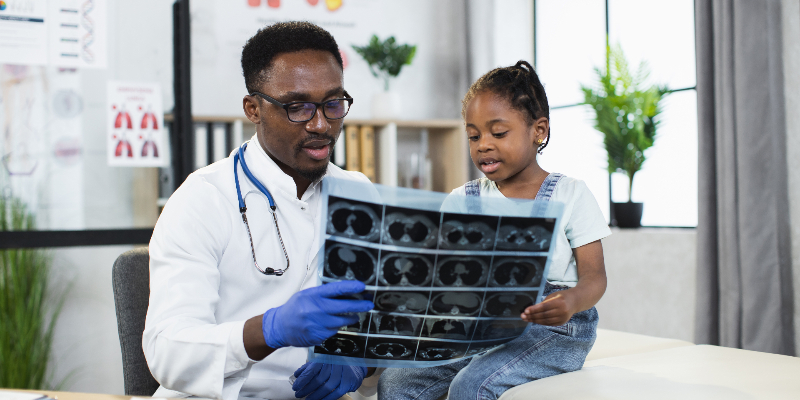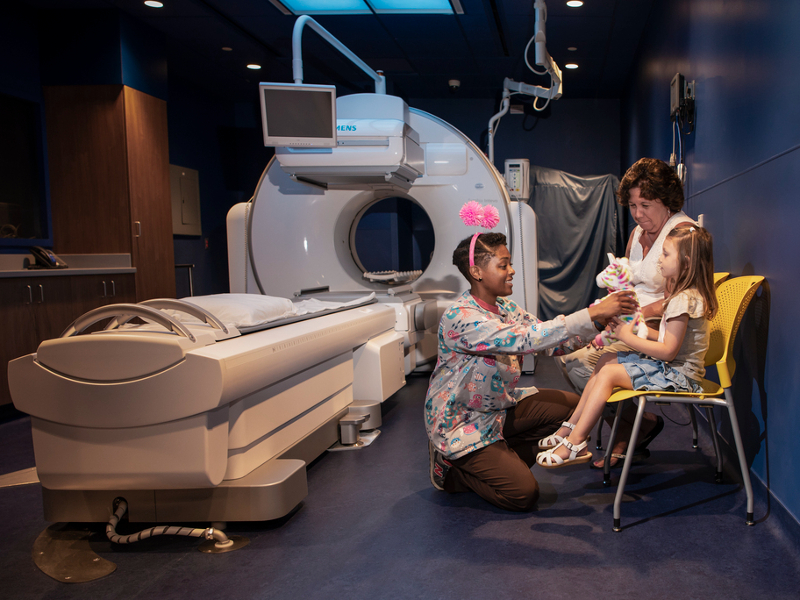Treatment
Pediatric Biopsy
A biopsy is a procedure in which a doctor places a small hollow needle through the skin and into the area of interest to take out tissue samples or fluid (called specimens). Specimens are sent to the laboratory for analysis. This provides a definitive diagnosis of the selected tissue. Frequently biopsied areas include the bone, liver, thyroid, kidney and other organs.
Frequently Asked Questions
How is a biopsy performed for children?
Will my child be awake during the biopsy procedure?
Will my child be in any pain after the biopsy procedure?
How long does a biopsy in children take?
What risks are associated with a biopsy in children?
What can I expect after my child's biopsy?
Are there any activity restrictions after a biopsy in children?
When can my child bathe after a biopsy?

Interventional Radiology at Children's National Hospital
Our pediatric interventional radiologists perform a full range of minimally invasive, image-guided procedures to both diagnose and treat disease in infants, children and adolescents. Discover more about the treatment we offer.

 Aasha's Rare Gift Will Help Other Babies Grow up Healthy
Aasha's Rare Gift Will Help Other Babies Grow up HealthyTesting the descrption field
Departments that Offer Biopsy

Interventional Radiology
Children’s National interventional radiologists perform a full range of minimally invasive, image-guided procedures to both diagnose and treat disease in infants, children, and adolescents.





